In a land of a multitude of cultures you are likely to encounter a multitude of Gods and Goddesses. Such is the essence of India! All year round, a variety of deities are worshiped here. However, there is undeniably one unique deity that is unanimously special – Lord Ganesha. In every nook and corner one can find Lord Ganesha, also known as “Ganpati Bappa”. He is fondly known as the God of new beginnings, wisdom, success and also as the remover of obstacles. Every year, with utmost reverence the festival of ‘Ganesh Chaturthi’ is celebrated, specially in Maharashtra . Consequently, the making of Ganesh idols is prominent in this state. In that effect, Maharashtra’s Pen village is the hub for the making of Ganesh idols.
The History of Pen
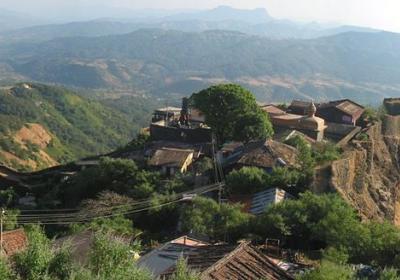
Historians are of the opinion that Pen has been there since the time of Gautam Buddha. Due to its strategic location, Pen became a port city, with trade links to lands as far as Egypt. It also had a flourishing trade business with the Deccan. The Bor Pass made Pen an important trade location for Bombay as well. It’s salt beds and Paddy fields were its main source of Prosperity. Further, numerous temples had been built here during the reign of the Shilahar Kings. Jugdumba, Rameshwar, Pataneshwar, Goteshwar and Vyaghreshwar are some of the well known temples.
Development of Pen
Pen is slowly and steadily developing into a small town. The population is occupied in various sectors such as trade, education, banking, papad making and so on. Most villagers are majorly dependent on Paddy farming. Moreover, other fruits and vegetables are also grown in the fields and then traded. Salt production is another prime business in Pen. Due to its unique location, it has for long been a major player in the salt business, dominated by the Kolis. However, most importantly the business of idol making is a prominent factor in their economy.
Making of Ganesh Idols
Pen can rightly be called Lord Ganesha’s place of birth on Earth. For over a century artisans have been running the business of idol making in Pen. They have made this craftsmanship their bread & butter. The art of making Ganesh idols has become inherent in this small town. It has been passed on from one generation to another. Over the years, techniques and intricate designs have developed in the making of the idols. The town has multiple lanes, on both sides of which one will find these artisans working on the idols. With the increasing awareness of eco-sensitivity, the making of eco-friendly and clay idols has also increased.
There are about 1.5 lakh idol makers in Pen. The younger generation of these artisans are promptly adapting to modern demands and styles of the craft. Formerly, artists would get together, brainstorm and then create their pieces together.However, the advent of art techniques and the increase in the number of artists changed the scene. Most artisans now have their individual workshops with their families and work on their own skills. This results in a vast variety of styles and designs of Ganesh idols.
The Process & Trade
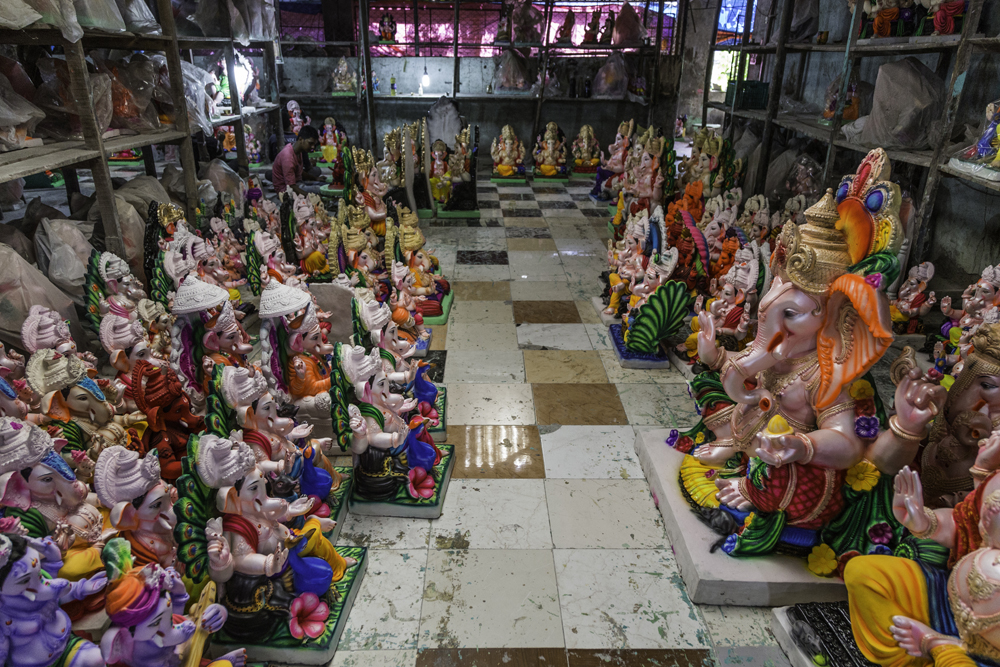
October marks the commencement of the idol sculpting. Over the next few months, the shaping of the idols, painting, shading, polishing, accessorising and final touches takes place. The idols are ready and carefully wrapped in plastic sheets by April. Come the month of August the sale begins. Till the festival of Ganesh Chaturthi the sale of the idols continues. People from all over Maharashtra flock in large numbers to Pen to select and purchase their idols. The transportation of Ganesh idols from the village to other cities s also frequent. Moreover, this trade has also gone international. Idols are exported to the Maharashtrian population in the United States. The artisans at Pen take only a few days off during the festival of Ganesh Chaturthi before they begin planning for their next sculpting season.
Conclusion
The making of Ganesh idols has been a thriving business in Pen for generations. Consequently, the artist ridden lanes of Pen yield some of the most magnificent idols. With the changing times the artists and their art also have to face various challenges. Artisans take loans from banks to procure their raw materials and hope to repay these loans from the proceeds of their sales. However, in today’s day, more often than not they do not make the profits they anticipate. Additionally, the introduction of the Goods And Service Tax has created more issues. Customers refuse to pay a higher cost for the idols which leads to losses. However, these artists show great determination to keep their art and business alive and work relentlessly towards it. Pen is a brilliant example of the kind of art and cultural heritage that India holds and we are extremely proud of it!
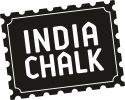
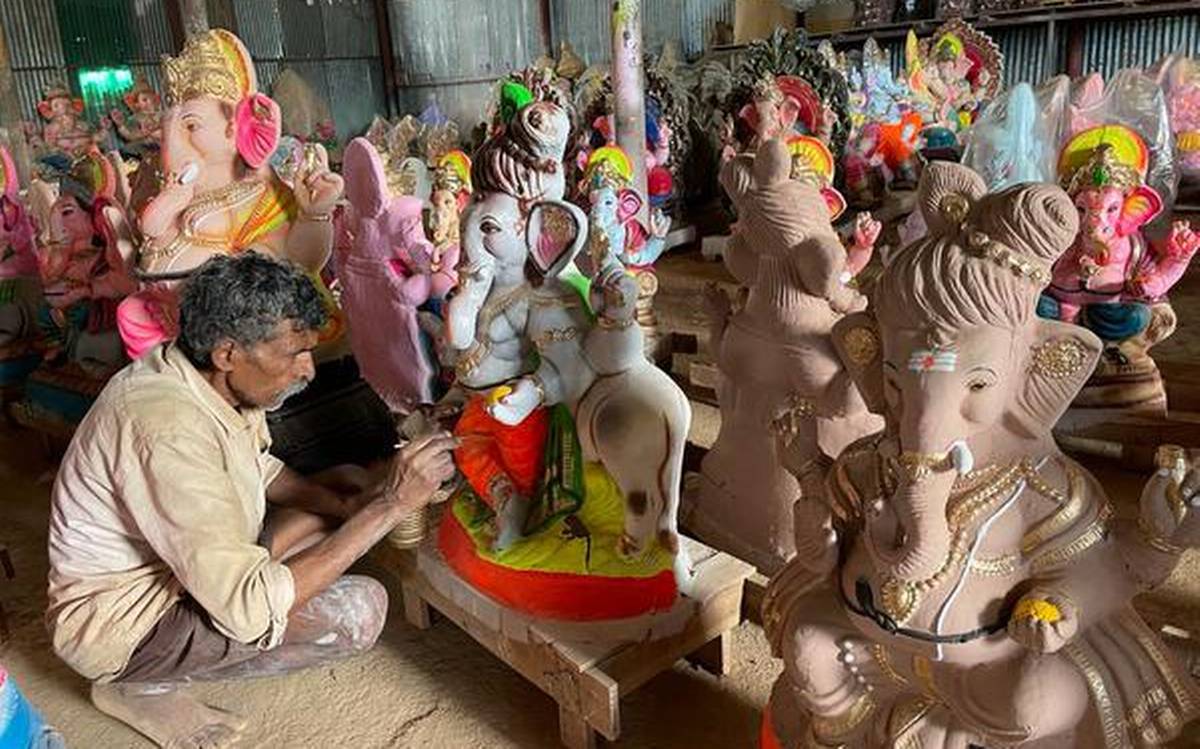

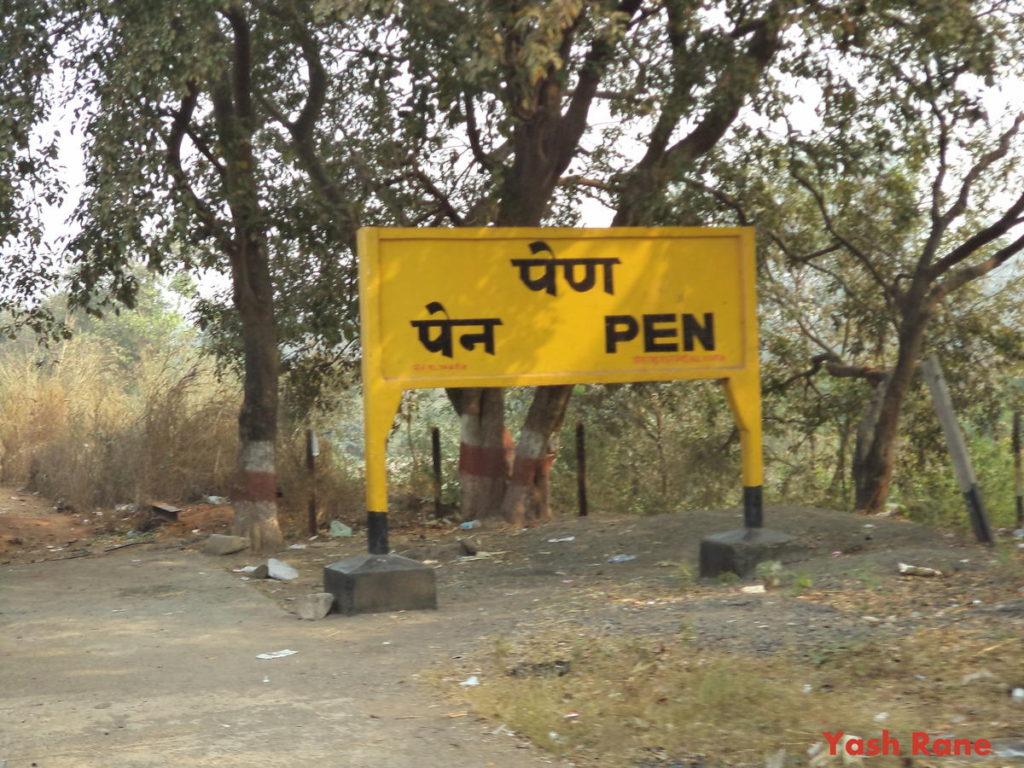
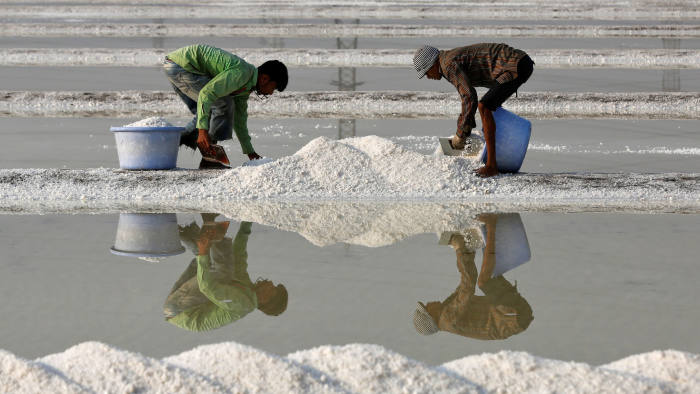
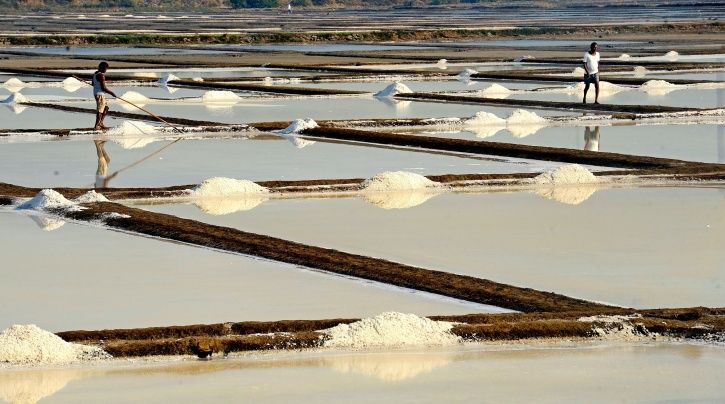
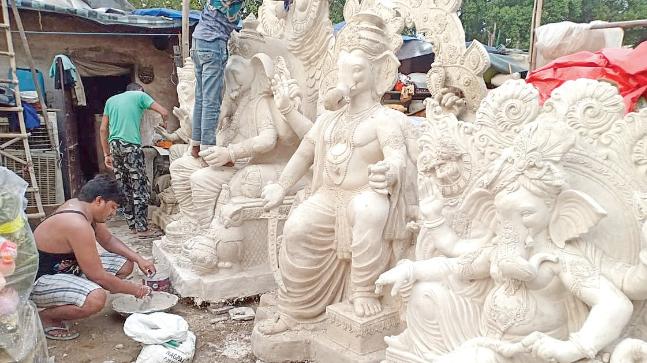


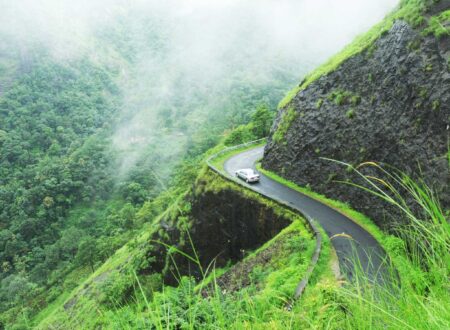
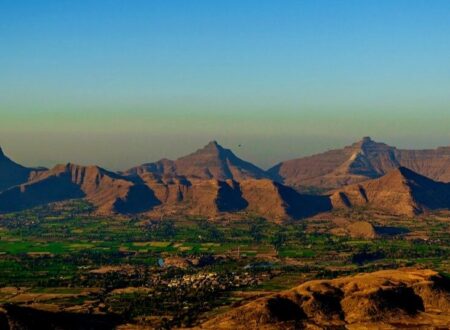


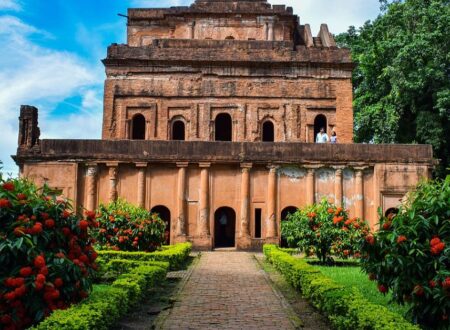
1 Comment